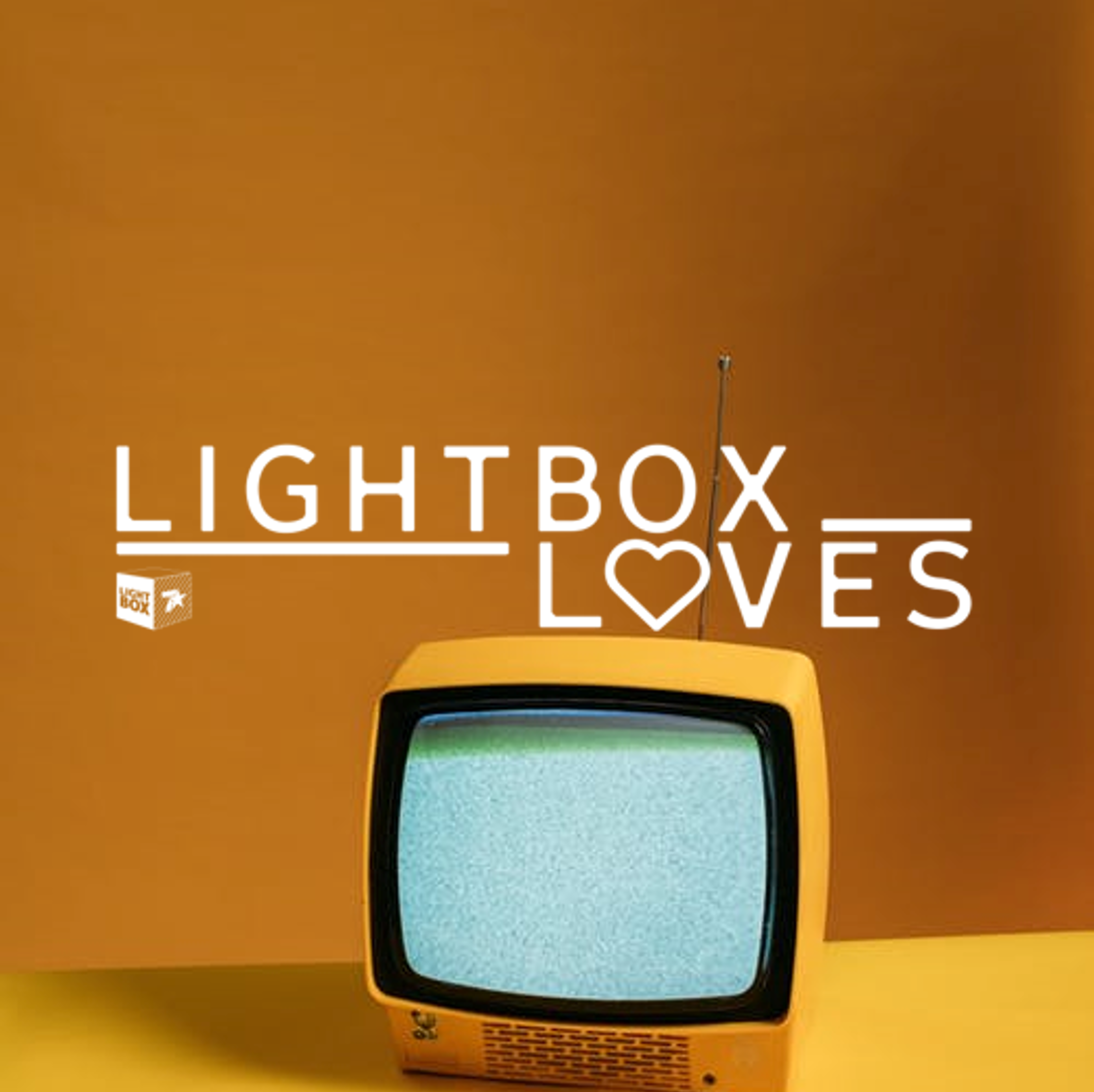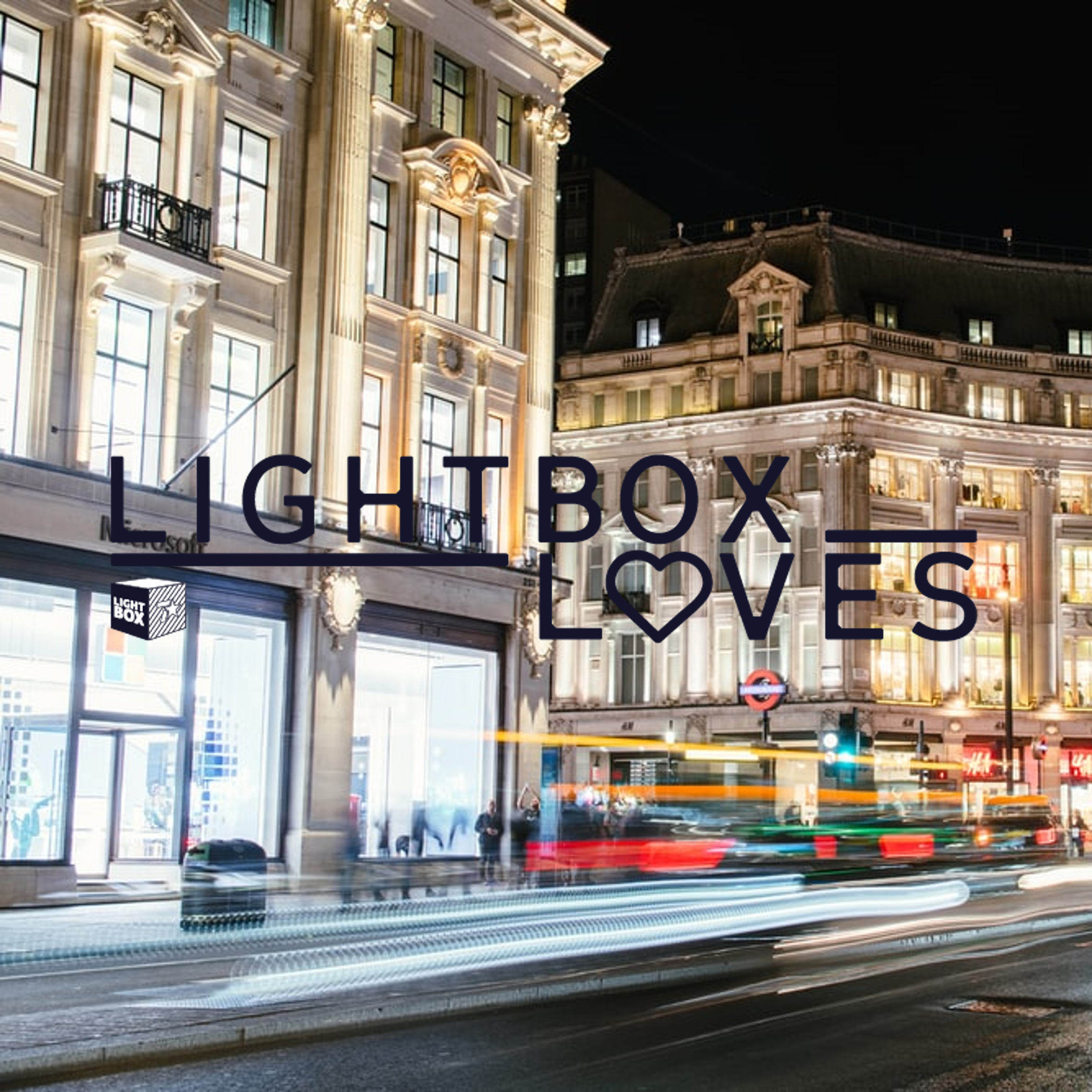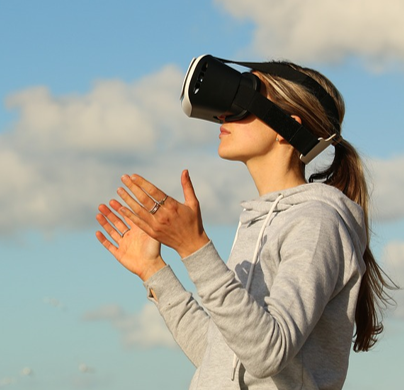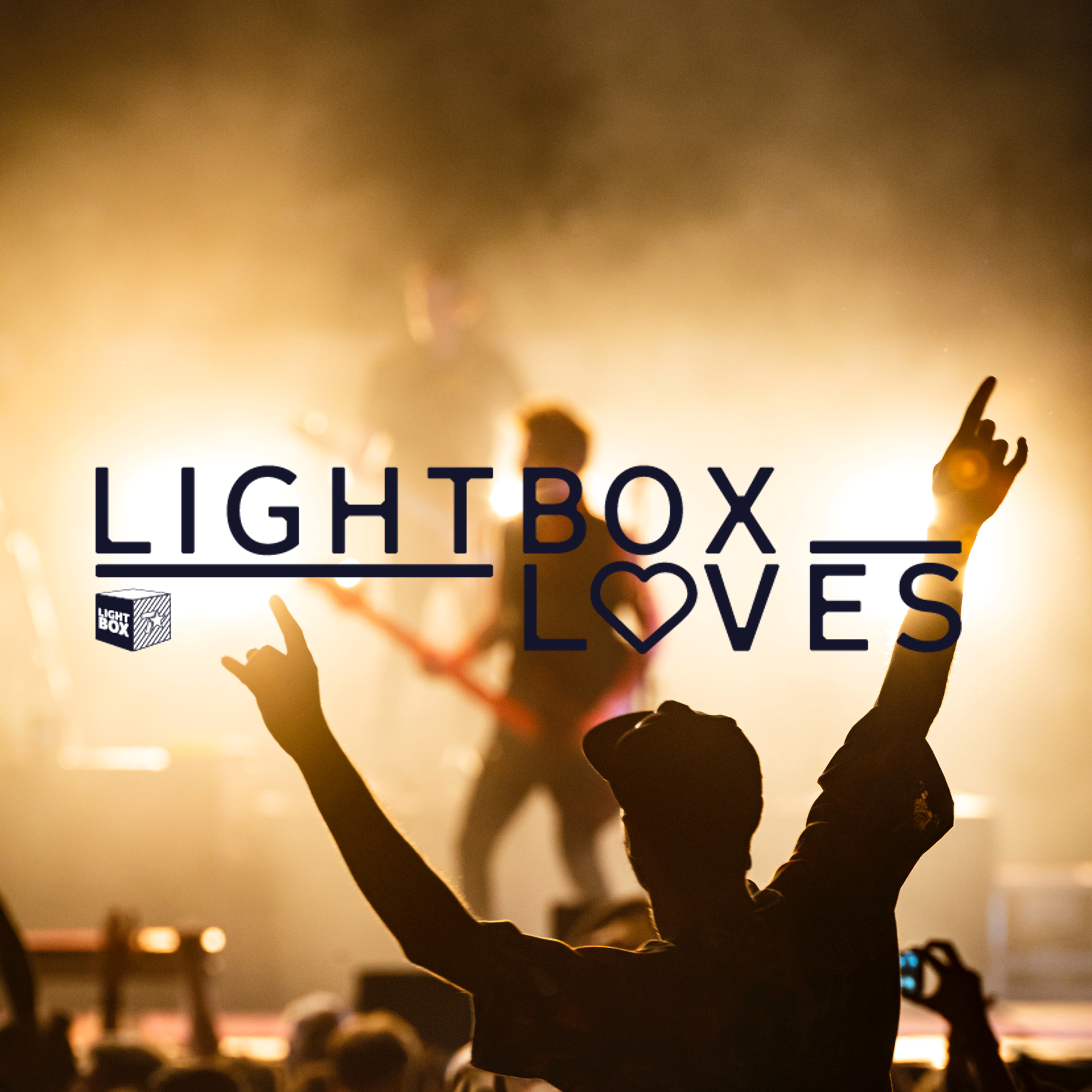
Live sport is back in full force, with the Winter Olympics, the Superbowl and the Six Nations tournament being held around the world in recent weeks. Global lockdowns had a devastating effect on the sports industry at both local and international levels, with 15% of people citing watching sports as the thing they missed watching the most during lockdowns (Statista, 2020). Yet the last two years have undoubtedly had a lasting impact on how we enjoy live games, with just 8% of global consumers saying they’re comfortable with attending a near or totally filled stadium (YouGov, 2021).
Live sport is therefore adapting to a new environment. We’ve identified four ways the live sports experience is becoming more accessible and immersive for all:
Firstly, sport streaming is on the rise. 24% of consumers watch live sport online, with those aged 18-24 more than twice as likely as those over 55 to watch sports via a live stream (YouGov, 2021). Online services are increasingly bidding for exclusive sports rights and competing with the traditional broadcasters – as seen with sports subscription service DAZN recently expanding their offering in the UK, announcing deals with Matchroom Boxing and the UEFA Women’s Champions League.
Secondly, social media has a newfound importance in the viewing experience. Over half of people say they monitor their social feeds while watching sports (YouGov, 2021). Streaming introduces new possibilities for interaction such as options to watch along with your friends virtually and comment in real time on matches and sporting events.
Thirdly, personalisation and interaction are driving deeper engagement. In the US, Amazon offers a choice of announcers for their NFL games, whilst basketball team the L.A. Clippers have pioneered a new ‘CourtVision’ technology which allows fans to switch between multiple ‘Modes’ including different camera angles and real-time data. Other viewer interaction techniques also include the ability to shop for official merchandise and view bios and statistics of the players.
And finally, technology is facilitating further innovation. The future of watching live sport is becoming more immersive, enabled by the development of sophisticated AR and VR technologies and the rise of e-sports. For example, Formula One hosted a successful virtual tournament during lockdown in which drivers raced against a host of celebrities, highlighting a future opportunity for consumers to play alongside a team or sportsperson from the comfort of their living room.
In many ways sport is now unique in the world of entertainment. It remains one of the few events viewers continue to tune-in to watch live. Last summer, the UEFA Euro 2020 Final racked up almost 30 million viewers – making it the most watched programme of the year. A combination of new media channels for reach and engagement alongside new technology and innovations will enhance the experience for viewers, while also providing more opportunities for brands to be a part of the experience with them.
Source: YouGov 2022, Statista 2022.












Recent Comments